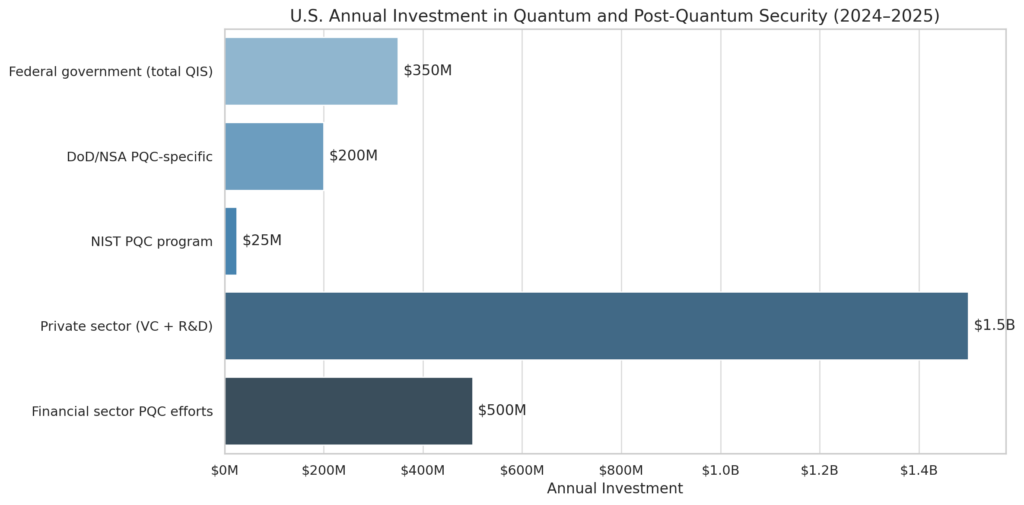Welcome to this week’s update on quantum computing. Today, we look at a new limit in theory, a launch in post-quantum security, a federal policy memo, and a fresh record for hardware. Let’s go!
Elevate Your Investing Strategy:
- Take advantage of TipRanks Premium at 55% off! Unlock powerful investing tools, advanced data, and expert analyst insights to help you invest with confidence.
GPT-5 Helps Crack a Quantum Proof
We start with research news. A new paper finds that in Quantum Merlin-Arthur, a quantum form of NP, error reduction has strict limits. Valid results can only get pushed close to perfect up to a doubly exponential level, while false results can only be reduced down to an exponential level.
What makes this stand out is that a key step in the proof came from OpenAI’s GPT-5. The model suggested a new way to frame the verifier’s acceptance chance, which the team then used to finish the argument. The result ties back to earlier work from Scott Aaronson in 2008 and recent advances by Stacey Jeffery and Freek Witteveen.
For readers, the impact is evident. AI has now played a role in solving one of the hardest open puzzles in quantum theory, showing new paths for collaboration between people and models.
SuperQ Launches Post-Quantum Security Tool
Next, SuperQ Quantum Computing has released Super PQC Analyst, a software tool that checks Web2 and Web3 systems for quantum security risks. The launch comes as experts warn of “harvest now, decrypt later” threats, where attackers collect encrypted traffic today to unlock in the future with quantum machines.
The tool scans websites, APIs, wallets, and smart contracts. It then grades readiness against global standards and suggests steps such as lattice-based keys and hybrid protocols. A full suite of PQC modules is planned for Q4 2025.
Spending on cybersecurity is projected to reach $272 billion in 2025 and may exceed $500 billion by 2030. With the crypto market cap projected at $25 trillion by the same date, the demand for quantum-safe upgrades may grow fast.

Washington Sets AI and Quantum as Top Priorities
In policy news, the White House has set AI and quantum as top research goals for fiscal 2027. The memo calls for new funding toward semiconductors, secure networks, and advanced manufacturing. It links quantum to post-quantum cryptography and AI to faster science, safe systems, and new defense uses.
The document highlights the need for STEM training and open research while also calling for tighter protection against foreign access. The U.S. sees quantum and AI as central to both growth and security, and future budget plans will now reflect that stance.
IonQ Reaches Record Benchmark
Lastly, IonQ (IONQ) has reported a new record with its Tempo system, which hit an algorithmic qubit score of #AQ 64. The figure means the machine can weigh more than 18 quintillion possible outcomes, a level far above prior results from rivals such as International Business Machines (IBM).
IonQ claims that the system can now handle real-world applications in energy, drug discovery, and supply chains. The company also showed better solution quality across standard tests, with gains of 35% in optimization, 74% in Fourier transforms, and 182% in search. With this step, IonQ signals progress in the race for practical quantum advantage, where firms hope to use quantum systems for tasks not possible with classic hardware.
We used TipRanks’ Comparison Tool to line up some of the top quantum stocks. It’s an easy way to see how they compare and get a sense of where the space might be headed.

















